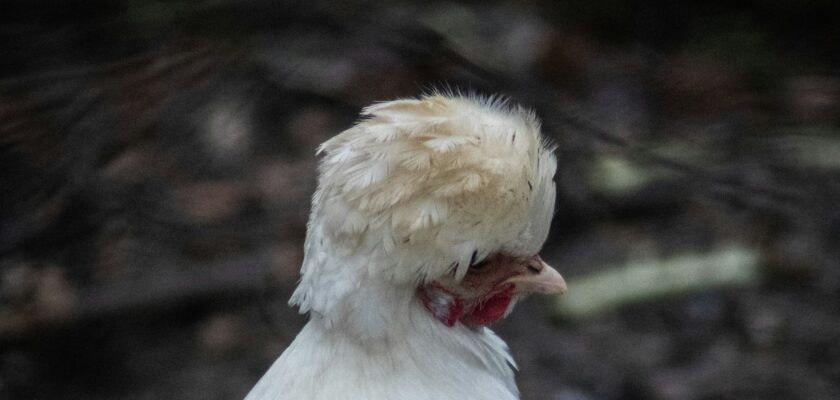Introduction to Silkie Chickens
Silkie chickens are one of the most beloved ornamental breeds among backyard chicken enthusiasts. Known for their fluffy plumage, friendly temperament, and quirky personalities, Silkies are often chosen as family pets. However, their unusual feathering can make it particularly challenging to distinguish between males and females—especially in the early stages of development.
If you’ve found yourself wondering whether your Silkie is a hen or a rooster, you’re not alone. This guide will walk you through 7 proven ways to tell male and female Silkies apart, using both physical and behavioral characteristics.
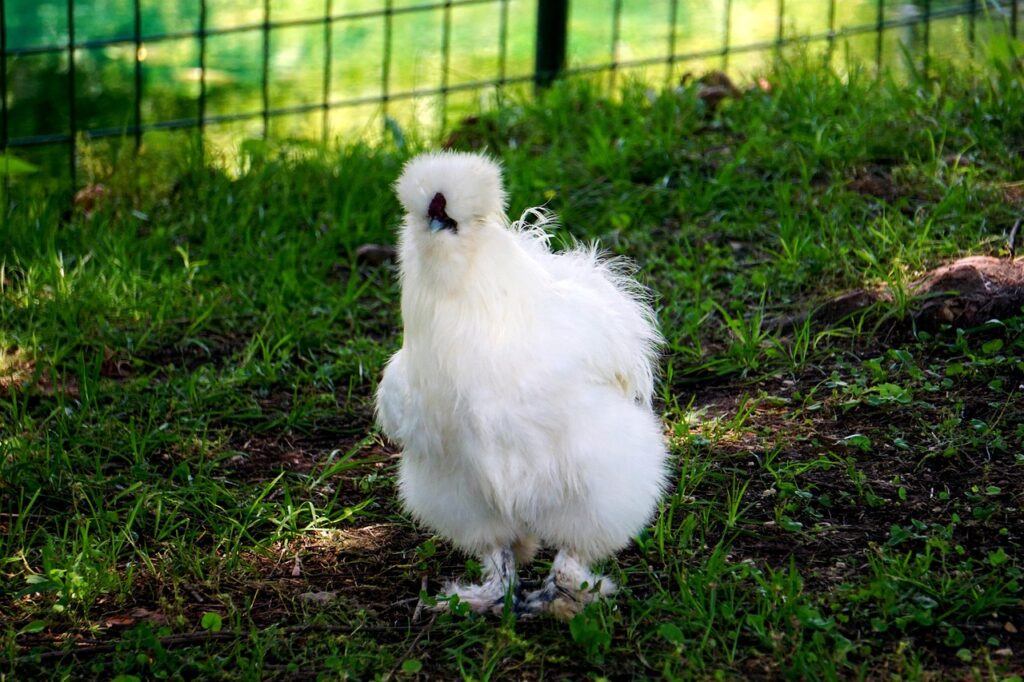
Why It’s Important to Know the Sex of Your Silkie
Understanding your Silkie’s gender isn’t just a matter of curiosity—it plays a vital role in how you care for your flock. Whether you’re planning to breed, control noise levels, or manage flock dynamics, knowing if you have a rooster or hen helps you make informed decisions.
Key reasons include:
- Planning for egg production
- Preventing aggression issues
- Complying with local laws (some areas restrict roosters)
- Choosing names and bonding
When Can You Tell the Gender of a Silkie?
Silkies mature slowly, so accurate sexing is typically difficult until they’re around 5–6 months old. Some traits may appear earlier, but they’re not always definitive. Unlike other breeds, Silkies don’t show early signs like large combs or obvious behavior cues right away.
You might need to observe multiple clues before reaching a solid conclusion. That’s why we’re breaking down the process step-by-step.
1. Comb and Wattle Differences
The comb and wattles are two of the most reliable indicators when trying to sex your Silkie—though they’re still subtle compared to standard chicken breeds.
What a Male Silkie’s Comb Looks Like
Roosters tend to have a larger, more pronounced walnut-shaped comb. It will often develop earlier and appear darker or redder. The wattles, which hang below the beak, also grow longer and thicker.
Female Silkie Comb and Wattle Traits
Hens usually have smaller, lighter-colored combs and less noticeable wattles. The growth is slower, and in some cases, almost invisible under their feathers.
2. Feathers and Crest Shape
Another major clue lies in their feathering and crest formation.
Male Crest vs. Female Crest
- Roosters usually have a wild-looking, swept-back crest that can resemble a mohawk or spiky hair.
- Hens tend to have more rounded, puffball-like crests, contributing to their “cute” look.
In some cases, especially in show-quality Silkies, crests are so full that gender cues are hidden. However, checking from multiple angles can help.
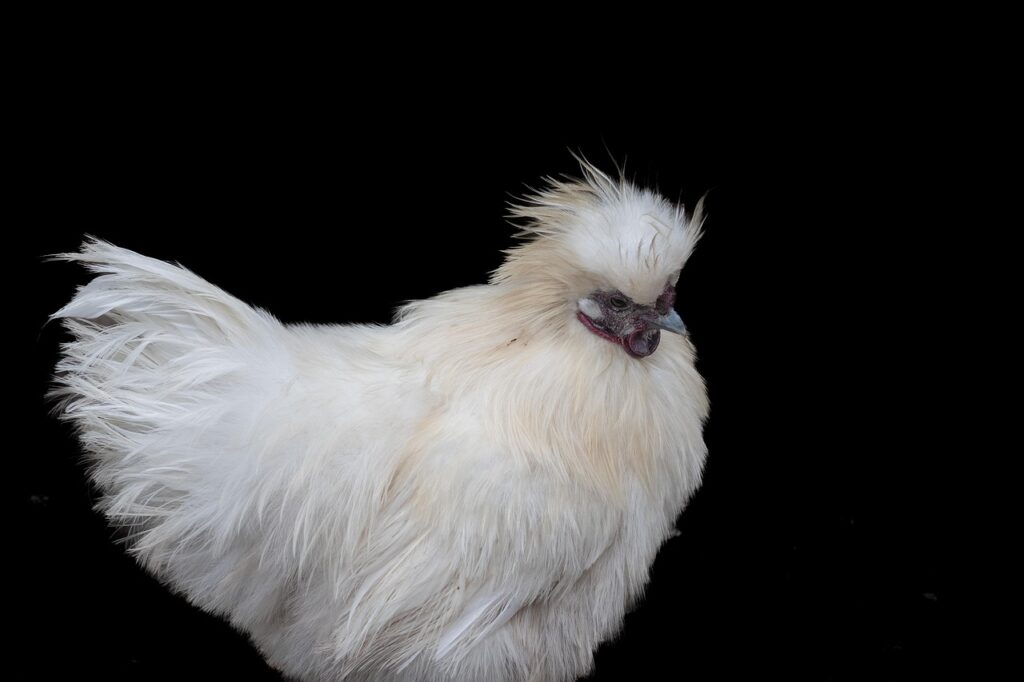
3. Body Shape and Size
Silkies exhibit subtle sexual dimorphism in body structure.
Silkie Rooster Build vs. Hen Build
- Males are typically taller, with longer legs, a more upright posture, and sometimes broader shoulders.
- Females are often shorter and rounder, with a lower center of gravity and a compact frame.
Keep in mind that this is more visible in flocks where you can compare individuals side-by-side.
4. Behavior and Temperament Clues
Personality can offer some powerful hints.
Male Silkie Behaviors to Watch
- Displays dominance over other chicks
- Attempts to mount hens (starting around 4–5 months)
- Shows protective instincts, such as watching over the flock
Typical Female Behavior Patterns
- Tends to be more submissive
- Rarely initiates confrontation
- Shows interest in nesting areas earlier
That said, Silkies are known for being gentle, so even males can be surprisingly docile.
5. Crowing and Vocalization
By the time they’re 4–6 months old, roosters will begin to crow. It may start as a raspy or broken sound but gradually strengthens.
Hens generally don’t crow. They may cluck or softly coo, especially when laying or bonding with chicks.
If you hear morning calls or territorial crowing, that’s a strong indicator you’ve got a male.
6. Egg Laying and Broody Behavior
One surefire sign you have a hen is the presence of eggs. Silkies usually start laying around 5–7 months.
They’re also famous for being broody, which means they like to sit on their eggs and try to hatch them. Roosters won’t exhibit this behavior.
7. DNA Testing – The Most Accurate Option
Still not sure? The most accurate way to determine gender is through DNA testing. It’s painless, relatively affordable, and can be done with just a feather or drop of blood.
Many poultry labs and hatcheries offer this service, such as IQ Bird Testing.
Common Myths About Silkie Gender Differences
Let’s bust a few myths:
- You can tell by the egg color. False—Silkie roosters don’t lay eggs.
- Spurs = male. Not always true. Some hens grow spurs too.
- Color determines gender. Silkies come in various colors, but it’s not linked to sex.
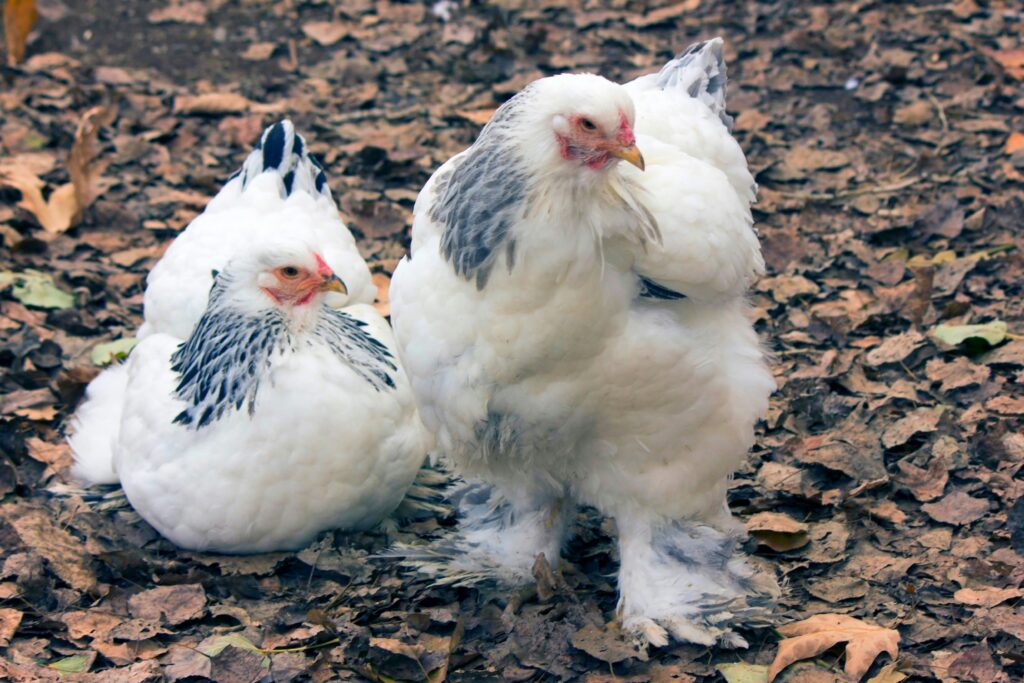
Photo by Cengiz Özarpat on Unsplash
Tools and Techniques for Sexing Silkies
- Vent sexing: Requires expertise; not recommended for beginners.
- Observation logs: Keep notes on comb growth, behavior, and vocalization.
- DNA kits: Best for early or accurate results.
How Breeders Determine Silkie Sex Accurately
Experienced breeders often rely on a combination of traits, comparing groups of chicks over time and observing patterns. Some may even pair chicks with known parents to analyze hereditary features.
FAQs About Sexing Silkie Chickens
1. Can Silkies be sexed at birth?
It’s nearly impossible without professional vent sexing or DNA testing.
2. When do Silkie roosters start crowing?
Usually around 4 to 6 months, depending on the individual bird.
3. Can Silkie hens grow spurs?
Yes, some older hens can develop spurs, though it’s more common in roosters.
4. What’s the easiest way to tell if my Silkie is female?
Look for egg-laying behavior, smaller combs, and lack of crowing.
5. Do all Silkie roosters become aggressive?
No. Silkies are a docile breed, and many roosters are gentle and friendly.
6. Is it true that Silkies mature slower than other breeds?
Yes, Silkies often mature later, which makes early sexing harder.
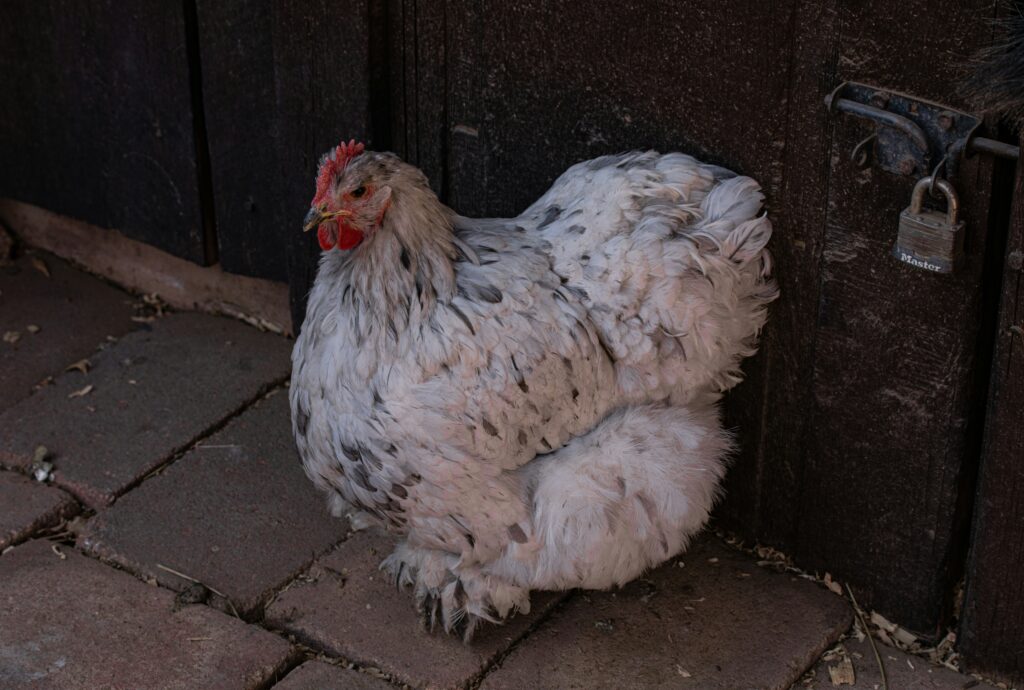
Conclusion: Be Patient, Be Observant
Sexing Silkie chickens takes time, observation, and sometimes a little help from science. While no method is foolproof early on, combining these 7 proven traits gives you a solid foundation for identifying male and female Silkies. Whether you’re raising a backyard flock or showing birds, knowing your Silkies’ gender will set you up for success.
